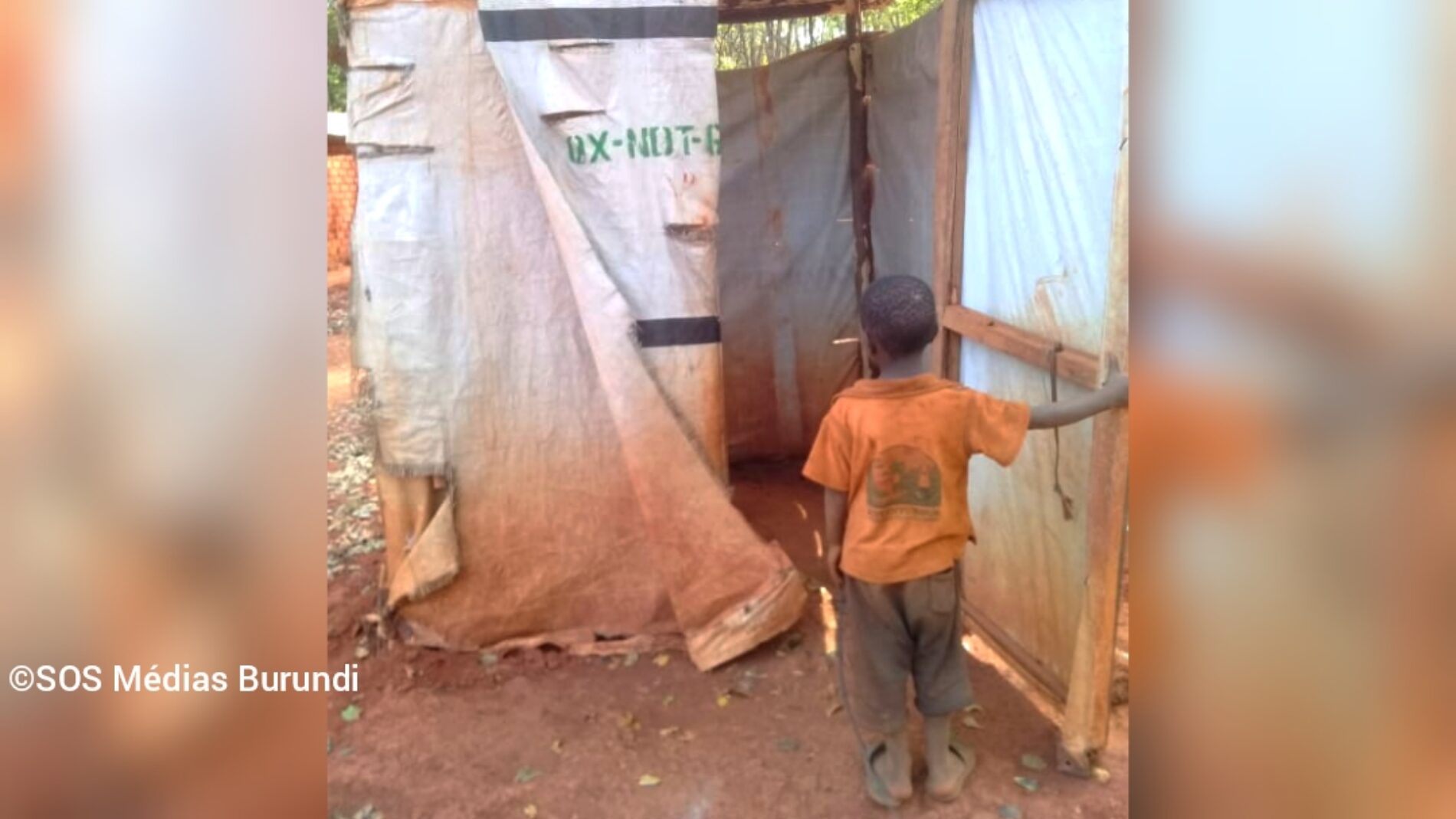Tanzania: more than 12,000 people without latrines in Nduta and Nyarugusu camps
They are 203 families. These Burundian and Congolese refugees have no toilet facilities and fear for the break out of dirty hands linked diseases. INFO SOS Médias Burundi
It’s mainly children who are more exposed to the diseases, according to local sources.
Statistics are provided by the Norwegian Refugee Council (NRC), an organization building houses and toilets for refugees in the refugee camps of Nduta and Nyarugusu in Tanzania.
“It’s been four years since we repaired our houses, our toilets being very old,” say Burundian refugees.
The groups of people affected by the lack of latrines include children, the elderly and disabled, as well as the most vulnerable refugees. They talk about diseases of dirty hands.
In both camps, only 30% of refugees have a latrine that meets hygiene standards.
“Everywhere when you walk in the two camps, you can see overflowing latrines”, noted our reporters.
“Most of the refugees do not have the financial means to build toilets. They prefer to go to the bush not far from their camps. This is not without consequences”, indicate refugees who confided in SOS Médias Burundi.
Burundian and Congolese refugees living in refugee camps in Tanzania are asking humanitarian organizations and the UNHCR to find a solution to this problem.
Nduta and Nyarugusu have more than 126,000 Burundian refugees. Most of them fled the crisis triggered by another controversial term of the late President Pierre Nkurunziza in 2015. A mandate declared unconstitutional by the EAC court of justice at the end of 2021, a few months after the death of the former leader Hutu rebel.

